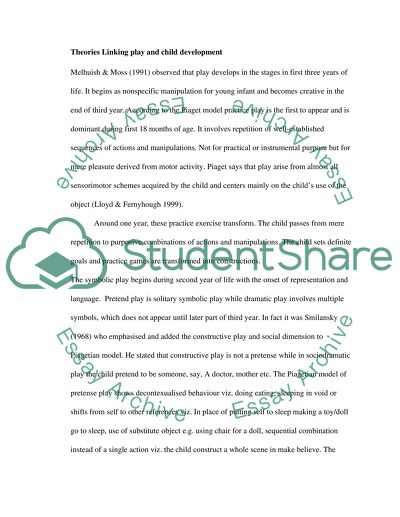Cite this document
(“Young Childrens Learning and Development. The Role Of Play Essay”, n.d.)
Retrieved from https://studentshare.org/psychology/1530654-young-childrens-learning-and-development-the-role-of-play
Retrieved from https://studentshare.org/psychology/1530654-young-childrens-learning-and-development-the-role-of-play
(Young Childrens Learning and Development. The Role Of Play Essay)
https://studentshare.org/psychology/1530654-young-childrens-learning-and-development-the-role-of-play.
https://studentshare.org/psychology/1530654-young-childrens-learning-and-development-the-role-of-play.
“Young Childrens Learning and Development. The Role Of Play Essay”, n.d. https://studentshare.org/psychology/1530654-young-childrens-learning-and-development-the-role-of-play.


